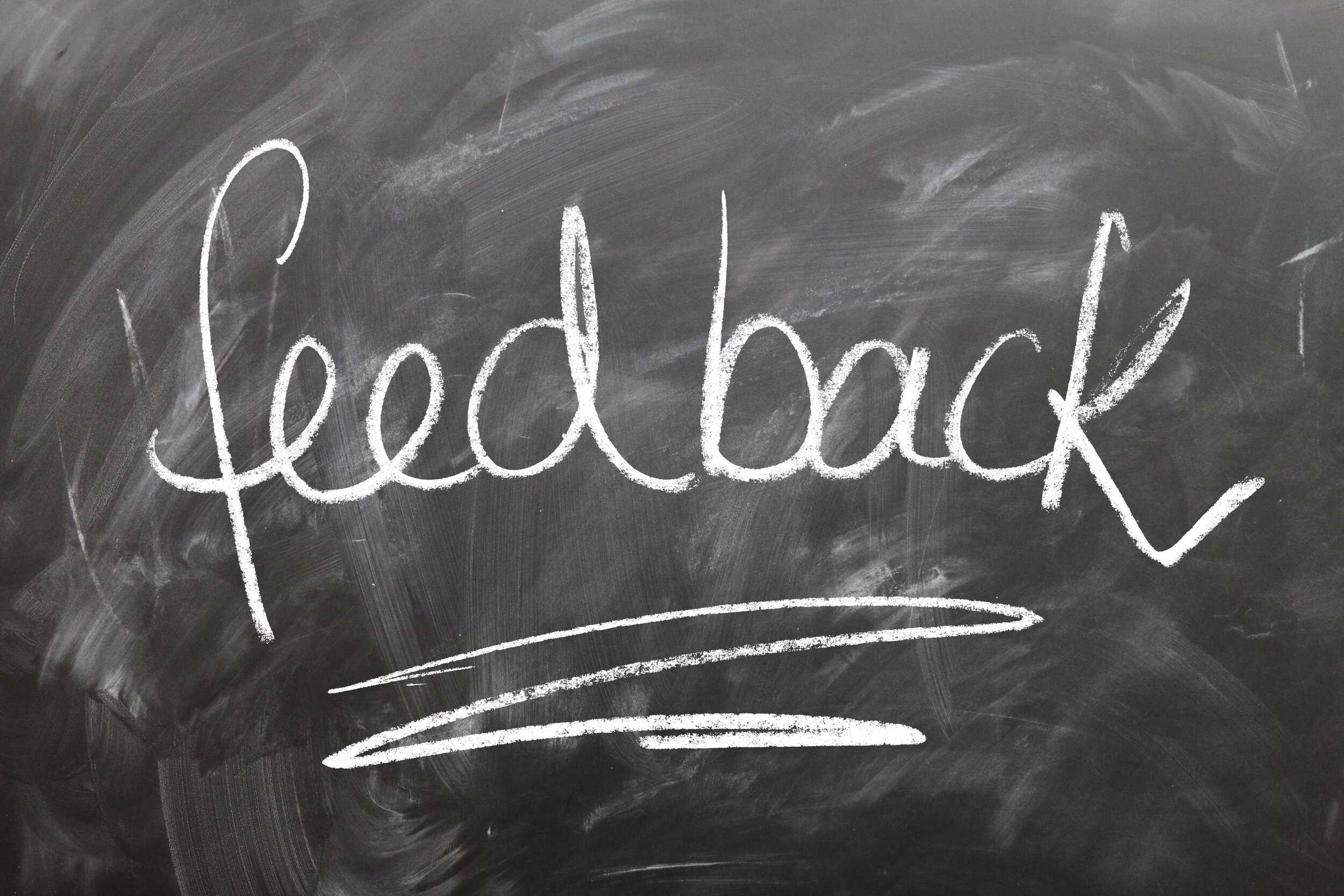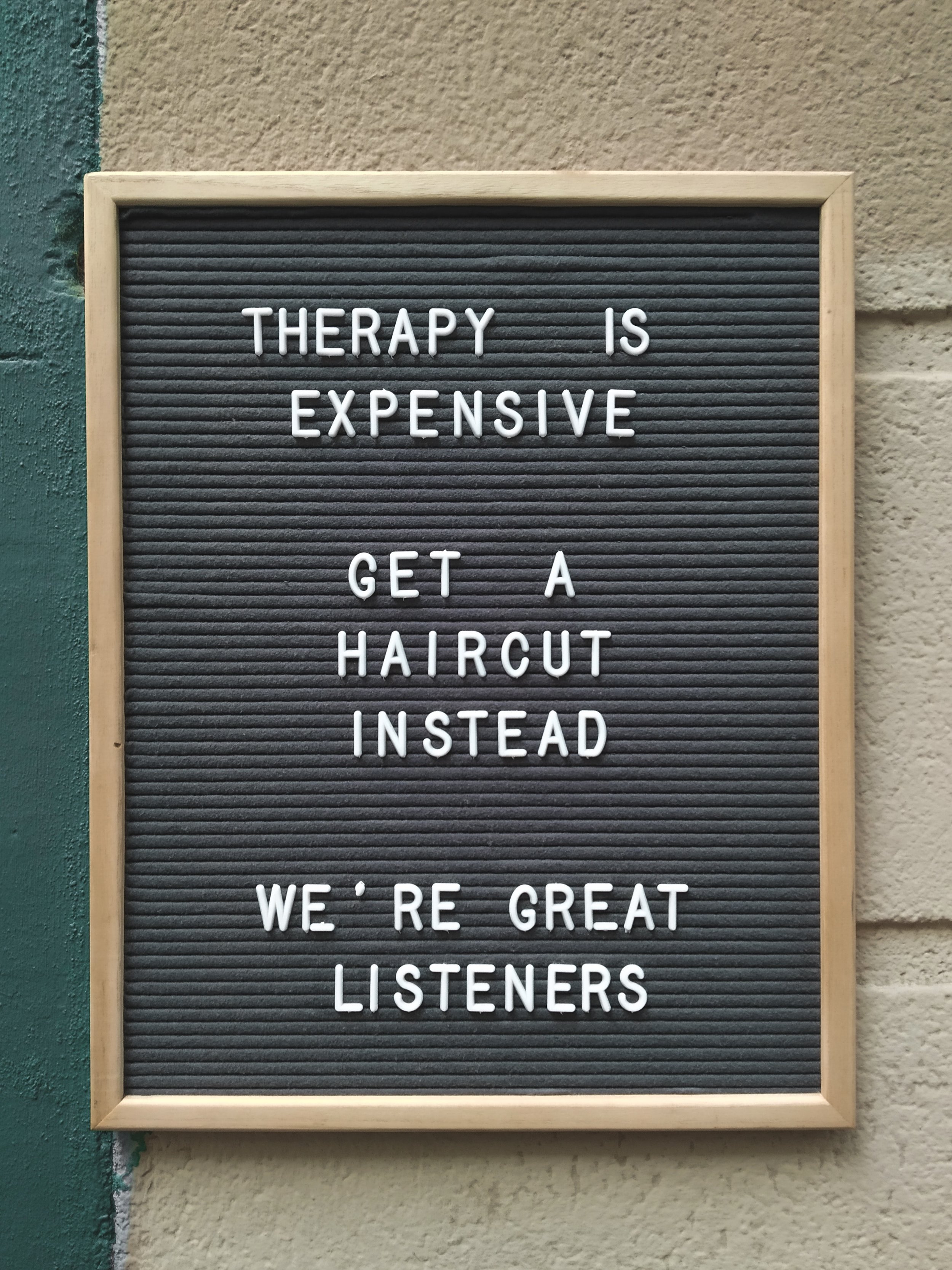Every month or so the “content ideas” page in my iPhone notes app begins to fill up with topics that aren’t quite beefy enough to justify an entire blog, but also a little too bulky to cram into a Tweet or Instagram post. I’ve once again hit that point, meaning it’s time to unload a couple of quick-hitter discussion topics that have been kicking around in my head (and notes app).
Here’s your September edition of Gym Owner Musings:
1. The best up-sell may be an unanticipated down-sell
It’s a common occurrence…the father of a young athlete (under the age of 15) contacts me with the mentality that he’ll “be pitched,” when in reality he is just planning on telling me exactly what he believes his son to need from a strength training perspective.
You know the one…
“Johnny really thrives when pushed consistently, so what I’m going to need you to do is design a six-day per week lifting program that really shocks his system. Let’s limit that seventh day to some moderate sprinting and a little bit of mobility work so that we don’t burn him out.”
But wait…I thought Johnny was 12 years old?
This is typically the moment where I explain that the proposed programming scenario is exactly the direction we’ll go if the initial assessment findings warrant it, while reserving the right to suggest less volume if appropriate. Once the assessment concludes, that dad will then need to be educated on exactly why we suggest less than half of the training frequency discussed on the phone.
This feedback is important for two reasons:
First, people aren’t accustomed to being told: “I’d like you to spend less money with us because it is in the best interest of your son.” A properly placed down-sell of this nature can be a refreshing demonstration of integrity that paves the road to a long-term professional relationship.
Second, you dramatically reduce the risk of an athlete souring on the training process if he never gets burned out or overwhelmed by the schedule associated with it in the first place. Deliver what he needs now instead of what his dad wants, and he’ll eventually develop into an athlete who actually does require additional training volume.
2. Opportunity Lives in other gyms’ Yelp reviews
You may not have realized this, but Yelp isn’t the happiest online forum on earth. Mind-blowing insight, right?
I rarely walk away from perusing a Yelp review with a 100% positive view of an operation. Sometimes this is a function of perpetually cranky people venting because it is what they do best, and others it is a scenario where informed consumers deliver critical, yet valuable feedback about a given operation. If you’re entering a new market, or asking yourself how to improve your performance and reputation in an existing market, I’d encourage you to start by reading every unsolicited review you can find on the local competition.
Somewhere in there you’re going to find a handful of glaring opportunities to outperform gyms in your area. Complaints about poor phone call response times? Guarantee call-backs in 12 hours or less. Mentions of inflexible refund policies? Advertise a no-questions-asked money-back guarantee during a trial month.
Your potential customers are publishing their service demands, so why not make an effort to publicly honor their requests?
3. Don’t fear the big box gym in your market
Bruce Lee is quoted as having said: “I fear not the man who has practiced 10,000 kicks once, but I fear the man who has practiced one kick 10,000 times..”
Well I do not fear the gym that is trying to recreate my entire business model. I do, however, fear the gym that is hell-bent on delivering one of the handful of services I offer at a world-class level.
This is exactly why you shouldn’t fear opening a personal training studio in a market that features an established big box gym that happens to offer a little bit of personal training. If you do, you’ll have focus, speed, and commitment to throw at delivering exceptional on-on-one service. The commercial gym, on the other hand, will have a 20-something Director of Personal Training who is more stressed about staff turnover than he is about fine-tuning a model he didn’t even have a say in designing.
_____
Thanks for reading! If you enjoyed this, make sure to say hello on Instagram or Twitter, and subscribe to my newsletter here.


































